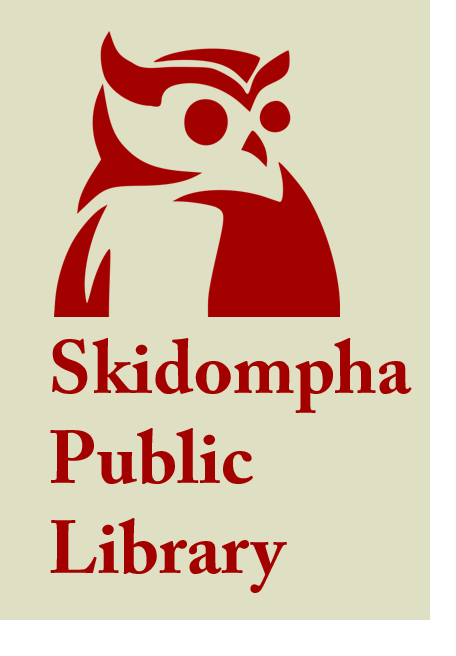Flashing eyes, wagging tails, and flapping wings brought 3D printed "pets" to life when Skidompha Library in Damariscotta debuted “Print-A-Pet." During twelve hours over three days, middle school students experienced digitizing and 3D printing their drawings, assembling their electronics, and finishing with fur and feathers.
The fun started when students walked into the room. They saw not just electronics equipment, but also bright tablecloths, colorful lighting, and decorative posters, setting a party-type atmosphere.
Students also saw plenty of their own gender, both in fellow students and in teaching assistants. The first running of the program attracted seven girls and eight boys. A second running at Boothbay Harbor Memorial Library attracted eight girls and four boys.
 Students began by hand drawing the outline of an animal. At Skidompha, they chose various creations, ranging from an owl to a dolphin to a platypus. Two students opted for their pets to be science fiction characters R2D2 and a Dalek (from Dr. Who). At Boothbay, pets included a sloth, a hedgehog, a unicorn, a chicken, and a sailboat. Students digitized their pet drawings using a scanner and rendered them to make models for the 3D printers.
Students began by hand drawing the outline of an animal. At Skidompha, they chose various creations, ranging from an owl to a dolphin to a platypus. Two students opted for their pets to be science fiction characters R2D2 and a Dalek (from Dr. Who). At Boothbay, pets included a sloth, a hedgehog, a unicorn, a chicken, and a sailboat. Students digitized their pet drawings using a scanner and rendered them to make models for the 3D printers.
While their designs were printing, the students completed the wiring. They connected a proximity sensor that triggered the pets to activate when a hand was waved past the sensor. Then they connected LEDs for eyes, a beeper to create tones, and a servo motor that moved the tails and wings. Electronics were housed in a box that also served as the pet's base.
The wiring connected to an Adafruit Trinket, which served as the pet’s brain. The necessary software had been pre-loaded onto the Trinkets because programming (which for Trinkets is in the C++ language) was beyond the scope of this project. However, students who finished the electronics step quickly had the option of working with an adult to program a custom sequence of musical tones.
The final step was pure fun, with students decorating their pets using paint, fur, grass, feathers and foam. Finished pets were on display at the library for a week, delighting library patrons.
This project is not extensively documented, but for those who are interested, we'd be glad to share wiring diagrams, code, and a parts list.



